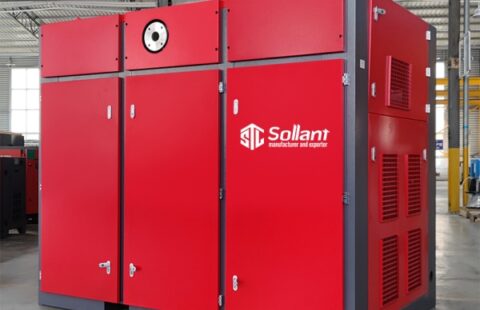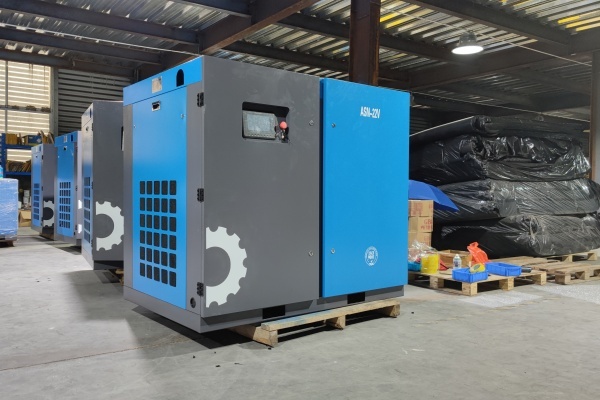
5 Tips for cleaning air compressors
Air compressors are essential in the industrial field, as their efficiency and stability directly impact production and equipment life. Over time, dirt and carbon deposits can accumulate inside the air compressor, hindering its normal operation. Regular cleaning is crucial to maintain optimal performance. Here are some expert tips on cleaning air compressors effectively.
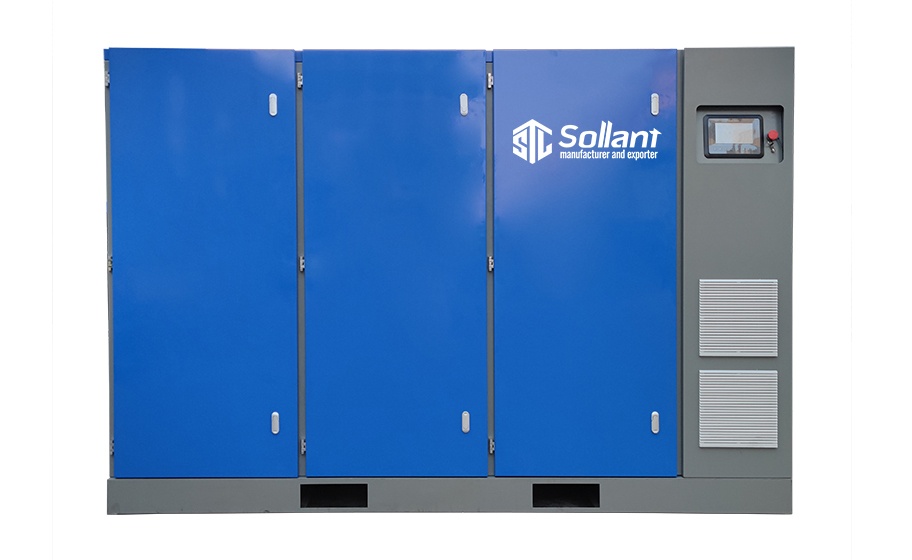
1. Cleaning the Whole Machine
Cleaning the entire air compressor is the first and most important step. Follow these specific steps:
Preheating and Shutdown
- Preheat: Run the air compressor for a few minutes to bring the oil temperature close to normal.
- Shutdown: Turn off the air compressor and wait until the internal pressure is completely released.
Adding Cleaning Agent
- Open Refueling Cap: Pour in an appropriate amount of air compressor cleaning agent, then tighten the cap. Choose the cleaning agent based on the specific model and type of dirt.
- Operation Cleaning: Let the air compressor run for about 30 minutes, allowing the cleaning agent to penetrate and dissolve the dirt.
- Emptying and Oil Change: After cleaning, stop the machine, drain the old oil, and add new oil that matches the original specifications.
Post-Cleaning Check
- Rinse: Clean the parts with water to prevent corrosion from residual cleaning agents. Dry thoroughly.
- Inspection: Ensure all parts are correctly installed and no tools or items are left behind.
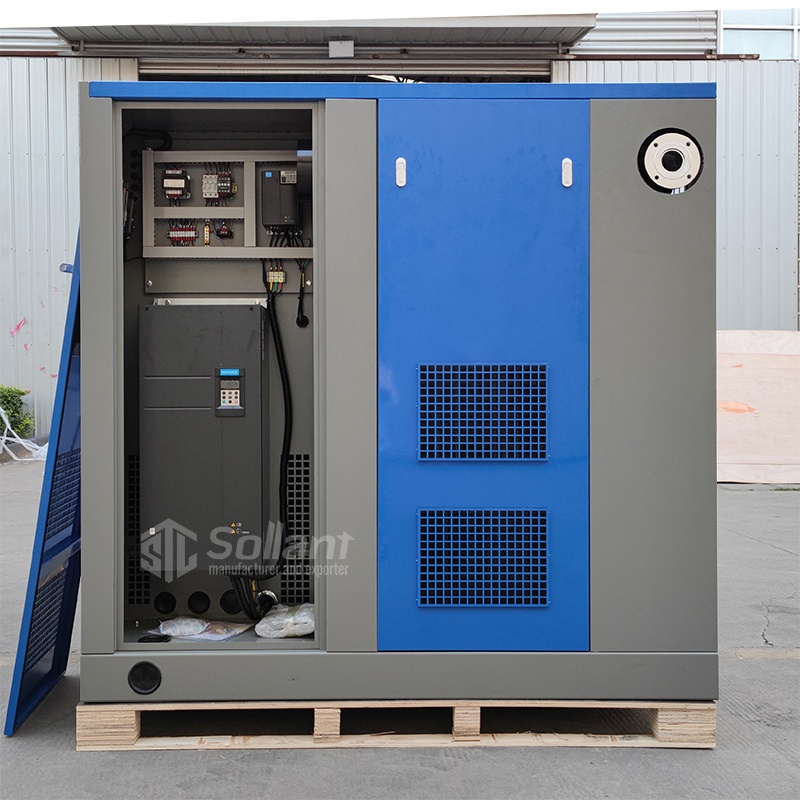
2. Cleaning the Water-Gas Separator
The water-gas separator removes water from compressed air. Here’s how to clean it:
Steps:
- Remove and Soak: Take off the cover and soak internal parts with a cleaning agent. Use a brush for heavy dirt.
- Rinse: Thoroughly rinse the parts with clean water to remove residue and dirt.
- Reinstall: Put the cleaned parts back in place, ensuring a good seal.
3. Cooler Cleaning
The cooler dissipates heat in the air compressor. Follow these steps to clean it:
Steps:
- Remove and Soak Pipes: Disassemble the cooling water pipes, inject cleaning solution, and soak or circulate with a pump. If needed, remove the oil cooler for separate cleaning.
- Remove Scale: For severe scaling, use special tools like steel brushes. Avoid hard tools that can damage the cooler surface.
- Rinse and Dry: Rinse thoroughly with clean water, then blow dry or use dehydrated oil to ensure the cooler is moisture-free.
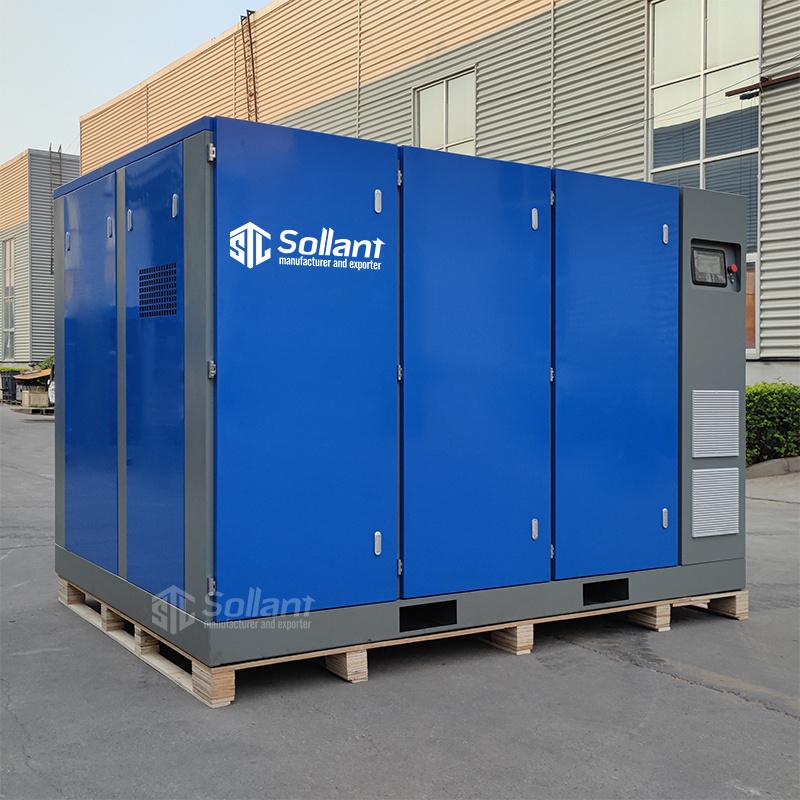
4. Cleaning Other Parts
Other parts, such as valve plates, valve bodies, and minimum pressure valves, also require regular cleaning. Ensure surfaces remain flat and clean. Replace parts when necessary.
5. Precautions
Safety First
- Shutdown and Power Off: Always shut down and disconnect power before cleaning to ensure safety.
Professional Operation
- Expert Handling: Cleaning requires professional knowledge and skills. It’s best performed by qualified personnel.
Appropriate Cleaning Agents
- Choosing Cleaners: Select cleaning agents based on the air compressor model and dirt type. Avoid highly corrosive chemicals.
Regular Maintenance
- Routine Cleaning: Clean the air compressor regularly to maintain its efficiency and prolong its service life.
By following these steps and precautions, you can effectively clean your air compressor, enhancing its efficiency and stability, ultimately benefiting production.Tips for cleaning air compressors,Have you learned it?


